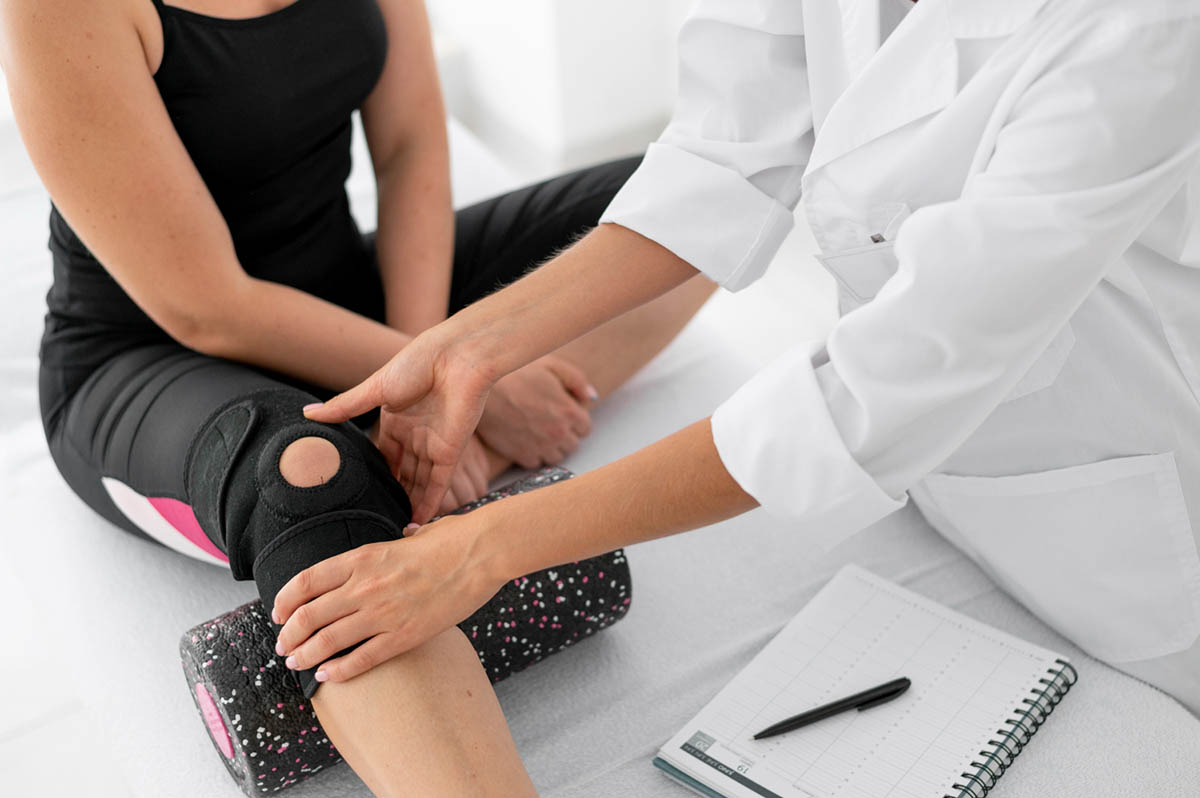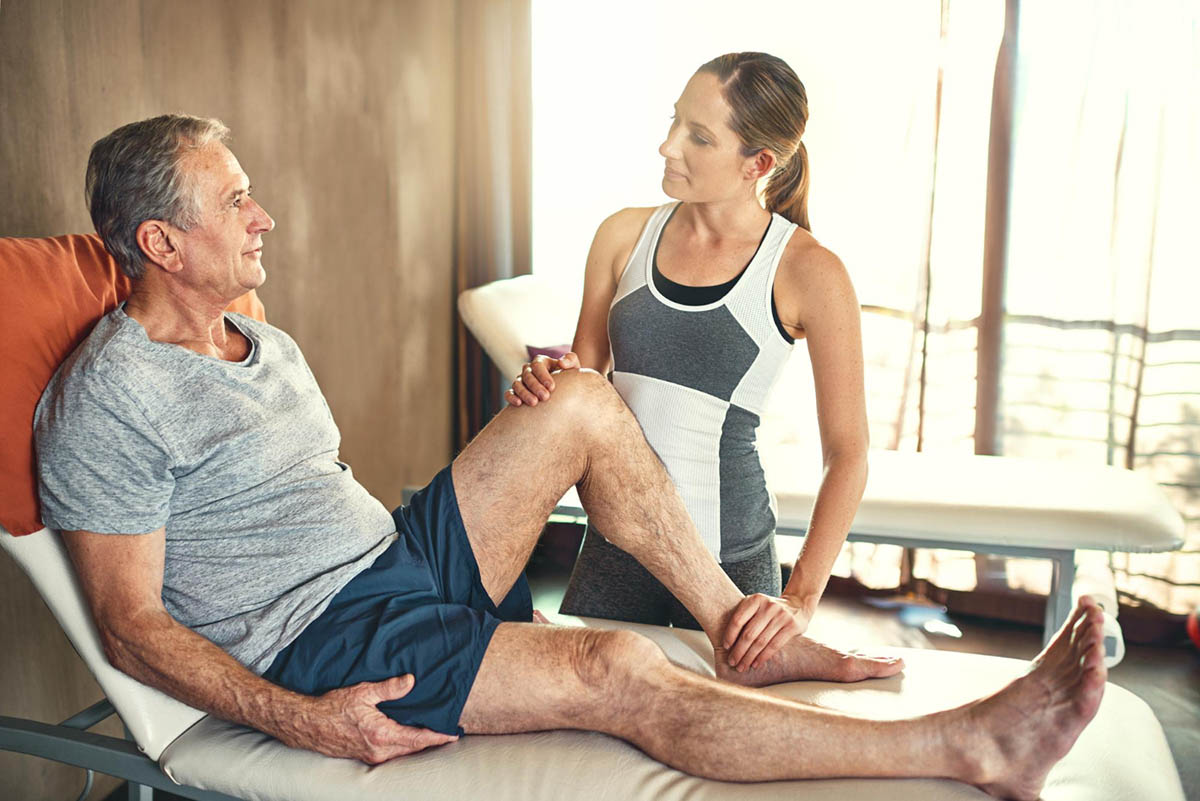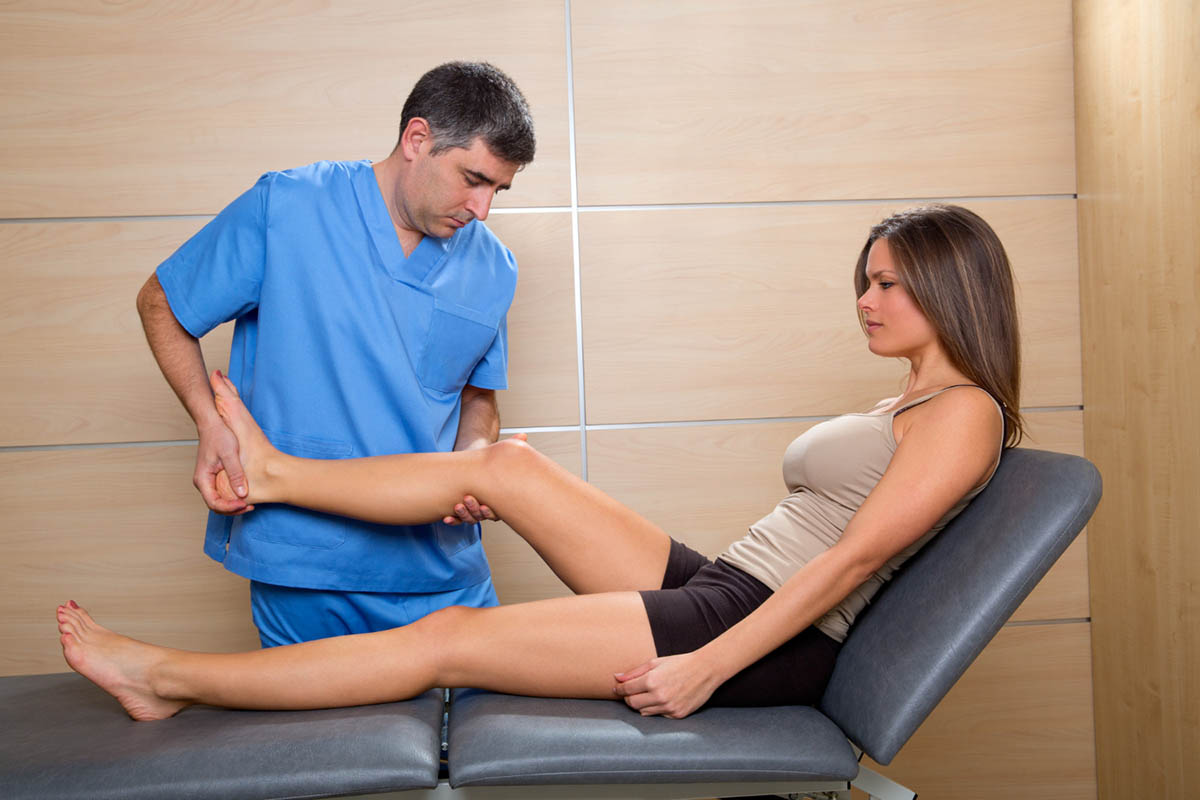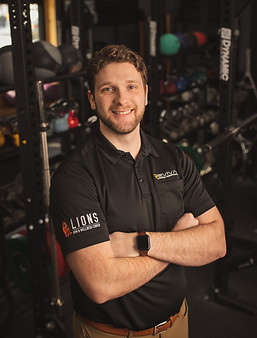Knee sprains and strains are prevalent injuries that can significantly impact your everyday activities and overall well-being. They can result from sports, accidents, or even commonplace actions, necessitating timely intervention and suitable treatment for the best recovery outcome. Approximately 628,000 sprains occur each year, highlighting the widespread nature of these injuries. Early treatment, mainly through physical therapy, is vital in effectively managing these conditions. Physical therapy alleviates pain, supports restoring function, and reduces the risk of future injuries.
What is Knee Sprain and Strain
A knee sprain occurs when the ligaments in the knee joint are stretched or torn. Ligaments are strong bands of tissue that connect bones and stabilize the joint. On the other hand, a knee strain involves the muscles or tendons around the knee. These injuries can vary in severity from mild stretches to severe strains.
Common Causes of Knee Sprain and Strain
Knee sprains and strains can arise from various causes, including high-impact sports such as basketball, soccer, and football, where sudden movements, jumps, or collisions can lead to injury. Accidents and falls also contribute to undue stress on the knee, resulting in strains or sprains. Overuse injuries may occur from repetitive movements, particularly when proper conditioning or technique is overlooked. Additionally, improper equipment during daily activities or work-related tasks can increase the risk of knee injuries. Consequently, knee ligament injuries may stem from athletic and routine actions.
Symptoms of Knee Sprain and Strain
Depending on the severity of the injury, symptoms of knee sprains and strains can vary. Still, they commonly include pain and tenderness around the knee, swelling and bruising, limited range of motion, difficulty bearing weight on the affected leg, and a sense of instability or a feeling of the knee “giving way.” Knee sprain symptoms can include severe pain and persistent pain, especially after physical activity, while muscle spasms may also occur around the knee.
Initial Treatment and Management

Immediate treatment for knee sprains and strains is essential to minimize damage and promote healing, with the R.I.C.E. method being widely recommended. This method involves Resting the injured knee by avoiding weight-bearing activities, applying Ice packs to reduce swelling and numb pain, utilizing Compression through an elastic band to control swelling, and Elevating the knee to further help diminish swelling. Imaging tests may also be used to assess the extent of the injury.
It’s also essential to seek a physical examination and medical advice to determine the injury’s extent and rule out more severe conditions. Overall, revised guidelines indicate that early movement, cryotherapy (ice), and supervised rehabilitation, including therapeutic exercise and neuromuscular stimulation, offer the most substantial evidence for treating these injuries.
How Physical Therapy Can Treat Knee Sprain and Strain
Revival Physical Therapy is vital in rehabilitating individuals suffering from knee conditions. This specialized treatment approach is designed to restore the injured knee‘s overall function, strength, and mobility, which are often compromised due to the injury.
Goals of Physical Therapy for Knee Sprain and Strain
The primary goals of physical therapy for knee sprains and strains include pain reduction, where therapists utilize various techniques and modalities to alleviate discomfort. Additionally, restoring the range of motion is a key focus, with exercises designed to improve flexibility and movement within the knee. Strengthening the muscles surrounding the knee is also critical, as this helps better support the joint and enhance stability. Finally, physical therapy emphasizes preventing re-injury by educating patients on proper mechanics and exercises that can help minimize the risk of future injuries. This involves maintaining a healthy weight to reduce stress on the knees.
Physical Therapy Treatment Approach
A comprehensive physical therapy program for knee sprains and strains focuses on restoring mobility, reducing pain, and strengthening the surrounding muscles. This approach typically includes manual therapy techniques, targeted exercises, and education on proper movement patterns to promote recovery and prevent future injuries. It also emphasizes effective management of the condition.
- Initial Evaluation and Assessment: During the initial evaluation, a physical therapist will assess the injury’s severity, evaluate the knee’s range of motion, and identify any functional limitations. This assessment helps develop a personalized treatment plan for rehab and physical therapy.
- Customized Treatment Plan: The therapist creates a tailored treatment plan that addresses the patient’s specific needs based on the evaluation. This plan may include therapeutic exercises, manual therapy, and other modalities. Additional tests might be needed to monitor progress.
- Therapeutic Exercises: The exercises are designed to strengthen the muscles around the knee, improve flexibility, and enhance overall function. They are progressively advanced as the patient’s condition improves. Common exercises include knee flexion, extension over the towel, leg slides, and isometric bridges. Resistance bands may also be used in the exercise program.
- Manual Therapy: Manual therapy techniques, such as joint mobilizations and soft tissue massage, reduce pain, improve joint mobility, and enhance muscle function.
- Modalities: Various modalities, such as heat or cold therapy, electrical stimulation, and ultrasound, may manage pain and inflammation and facilitate healing. These modalities also support pain management.
Common Physical Therapy Exercises for Sprained Knee
Physical therapy exercises for a sprained knee aim to restore strength, flexibility, and stability while promoting healing. These exercises often include stretches, strengthening moves, and balance training tailored to the individual’s recovery progress. Such exercises enhance muscle strength and support optimal recovery.
Knee Extension Over Towel
Place a towel under the heel and slowly extend the knee by straightening the leg. This exercise improves knee extension and flexibility and is commonly used in physical therapy Minneapolis.
Leg Slides
Lying on your back, bend one knee and slide the heel toward your buttocks, then return to the starting position. This exercise helps restore knee mobility and supports leg muscles.
Isometric Bridges
While lying on your back with knees bent, lift the hips off the ground while squeezing the gluteus maximus. This exercise strengthens the muscles supporting the knee and improves stability. Keeping the feet flat is essential for proper form.
Preventing Knee Sprains and Strains

Preventive measures are essential to reduce the risk of sprains. Incorporating physical therapy exercises for knee sprain, improving flexibility, and using proper footwear and protective equipment can help. Additionally, wearing appropriate protective equipment and ensuring proper mechanics can minimize the risk. Rehabilitation exercises and athletic training are key components of prevention.
Conclusion
Physical therapy is vital in the recovery process for knee sprains and strains. It not only aids in alleviating pain and restoring function but also plays a crucial role in preventing future injuries. If you’re experiencing knee pain or have sustained a knee injury, seeking professional help from a physical therapist can make a significant difference in your recovery. Consulting with medical professionals and following a health plan is crucial for effective treatment.
FAQ’s
Do you need physical therapy for a sprained knee?
While not all sprained knees require physical therapy, it can be highly beneficial, especially for moderate to severe sprains. Physical therapy helps manage pain, restore function, and prevent re-injury. Knee sprain treatments often include pain management strategies.
What is the best exercise for a sprained knee?
There isn’t a one-size-fits-all answer, but exercises like knee extensions over a towel, leg slides, and isometric bridges are commonly recommended to improve strength and flexibility. These exercises are part of an online exercise therapy program.
How long does physical therapy for a sprained knee take?
The duration of physical therapy varies depending on the severity of the injury and individual progress. It can generally range from a few weeks to several months. Recovery to the previous activity level depends on adherence to the therapy program.


